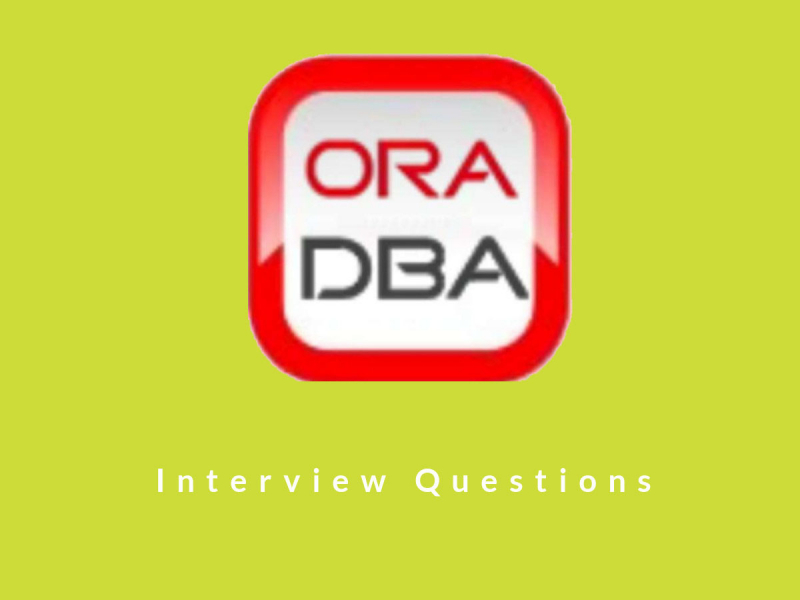Oracle DBA Interview Questions and Answers For Experienced
Oracle database is the most popularly used software for managing the object-relational database. This tool's latest version is 12c where c implies cloud computing. It fully supports several versions of Windows, UNIX, and Linux.
Few Oracle RDBMS features include being secured, taking up less space, supporting large databases, and reducing data processing time for the CPU.
If you are preparing for your interviews and you want to gain more knowledge on Oracle Database, then we are here to provide you the finest collections of questions that are frequently asked in interviews. Give a look at the questions listed in this article and get enhanced your knowledge.

